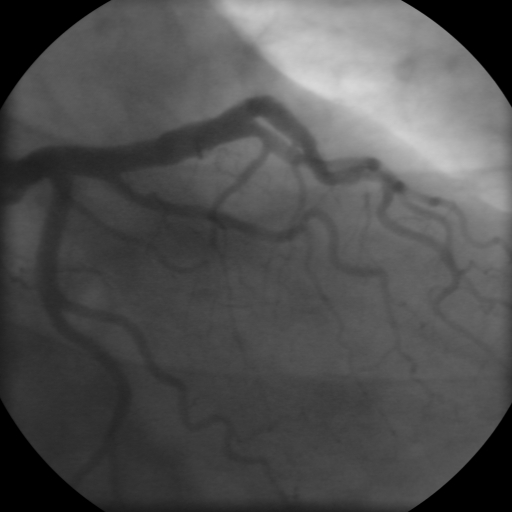How the Heart got its Arteries
Interview with
Ben - Also in the news this week, a paper in the journal Nature overturns a 100-year-old misunderstanding about how the arteries that supply the heart with blood first develop. Paul Riley from University College London is the author of the News and Views article that accompanied the paper and he joins us now. Hello, Paul.
Paul - Hi.
Ben - So first of all, what has been the prevailing idea for the last hundred years, if not more, about how coronary arteries actually form?
Paul - Well, it's an evolving idea really. So initially, the coronary arteries were thought to bud off from the main vessel aorta that serves the rest of the body. That was disproven when, actually, vessels were shown to in growing to the aorta, so the reverse process. And then more recently, over the last 20 years or so, studies in chicken and quails have shown that a transient organ called the pro-epicardial organ, which sits just above the developing liver at the base of the heart if you like, that contributes cells which can give rise to the epicardium which surrounds the heart. Those cells subsequently give rise to endothelial cells which make up the coronary arteries. So that was the most common idea as it stands before this paper.
 Ben - And what have they discovered now? What's new about this paper?
Ben - And what have they discovered now? What's new about this paper?
Paul - Well a previously unsuspected source really. What they've shown is, by very carefully tracking individual cells within the mouse heart through genetic tagging, they've shown that cells can emerge from the inflow region - a region where there's a large venous input called the sinus venosus - and that these cells can de-differentiate, as vein cells, and actually give rise to new cells that then become artery-like and actually form the developing coronary artery. So it's a completely unsuspected source of cells and moreover, the fact that they can de-differentiate and change their fate from veins to arteries is the real crux of the finding.
Ben - So these cells start out as a vein cell.
Paul - That's right.
Ben - And then they turn into just a general cell and what do they do then? Do they migrate themselves or do they grow through into the tissue?
Paul - Yeah. I mean, you have to get the de-differentiation, the change of the sort of vein cells. So they have to de-differentiate to become more progenitor-like. And then they have to migrate inward and start to form a plexus where they're connected into the muscle tissue of the developing heart and then they become fated to become arterial cells. So they start to turn on characteristic markers, which suggests that they are becoming arterial-like. That network then progresses throughout the developing muscle of the heart to form the coronary artery network.
Ben - Now, what does this tell us with regards to adults with heart condition because all of this work has been looking at the embryonic development - where these arteries first comes from. But of great concern to many, many people is what happens when these arteries becomes blocked or become damaged later in life as an adult. Can we learn anything from this work that could help us to treat people?
Paul - Well I think there's a very basic principle that if you understand how the heart is put together, both at the coronary vessel side and also the developing muscle, then understanding the cell behaviour and the signals that trigger that can be applied to the adult setting. So, some of these cells are present in the adult heart and therefore, if we understand how to re-trigger the process of making new vessels, then obviously, we're going to position where we can re-vascularise an injured heart that has lost blood vessels and also muscle after a heart attack. So, it's fundamentally important to understand how these vessels are made in the first place to then go back into the adult, track a similar cell population and then be able to stimulate with appropriate signals to make new vessels. So it's completely translatable although some way off in terms of the realistic research goal. But this is a major step in the right direction and through understanding, taking these studies further, how they switch from veins to arteries and understanding the signals from neighbouring tissues to allow this to happen should be able to do then be fully translated into the adult setting and hopefully set up a therapeutic by way of making new blood vessels.
Ben - Very promising stuff. Obviously very early stages but very promising. Thank you ever so much Paul. That was Paul Riley from the UCL Institute of Child Health. You can find his News and Views article and the paper itself which is by Kristy Red-Horse and colleagues at Stanford University. You can find them both in this week's Nature Magazine.










Comments
Add a comment